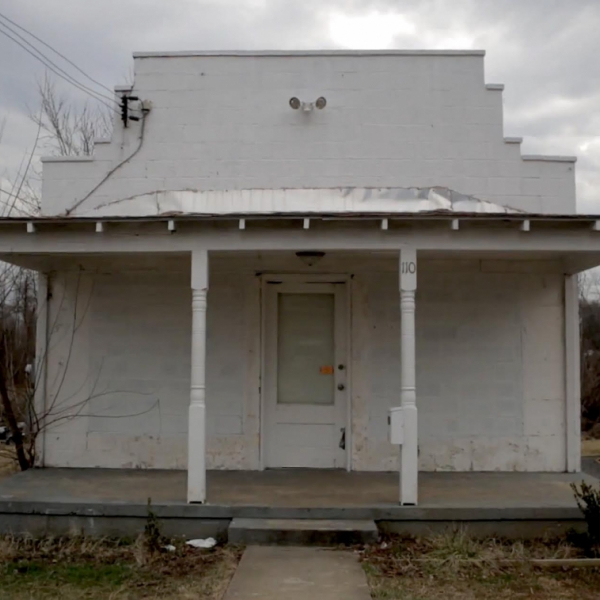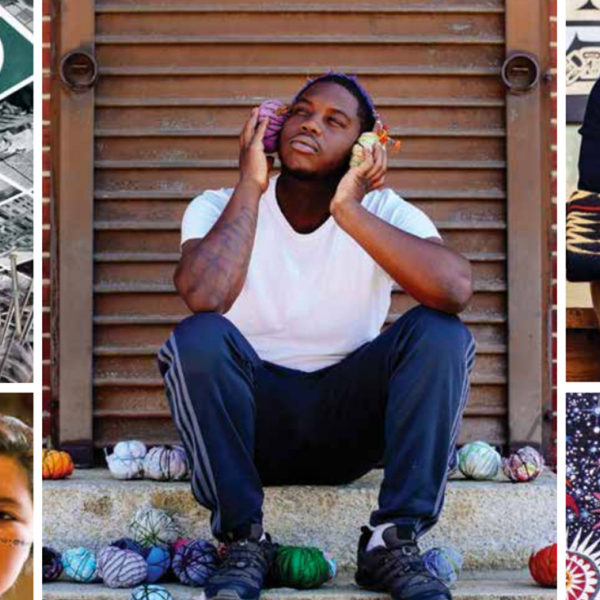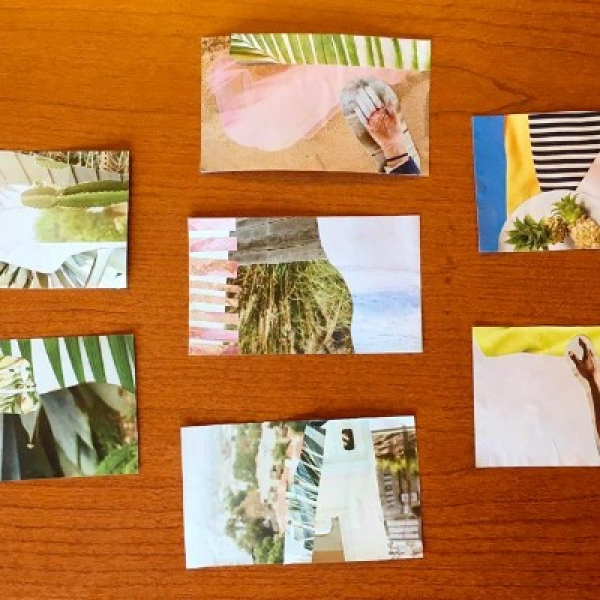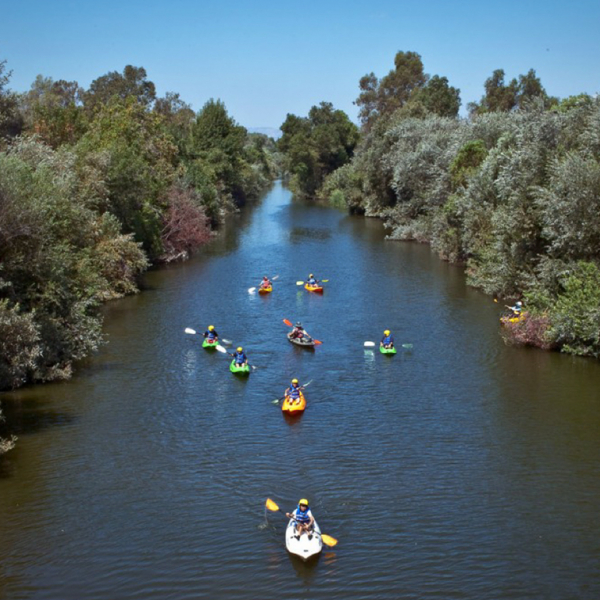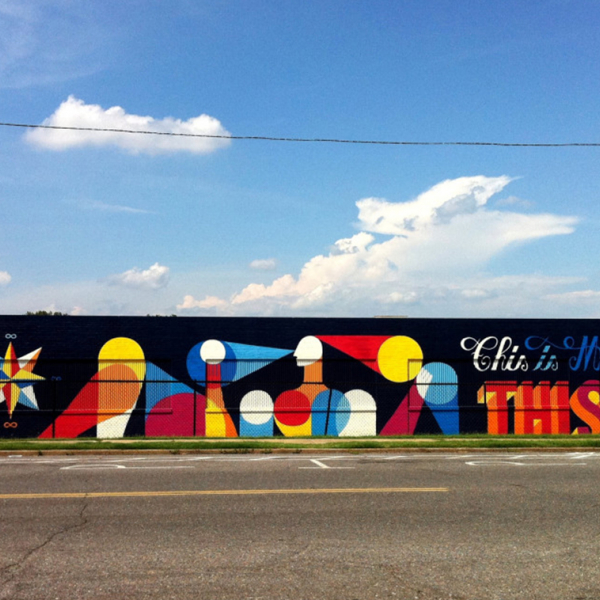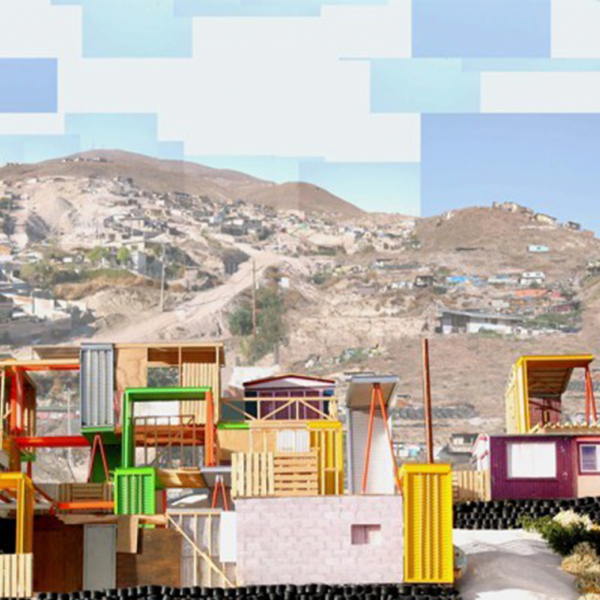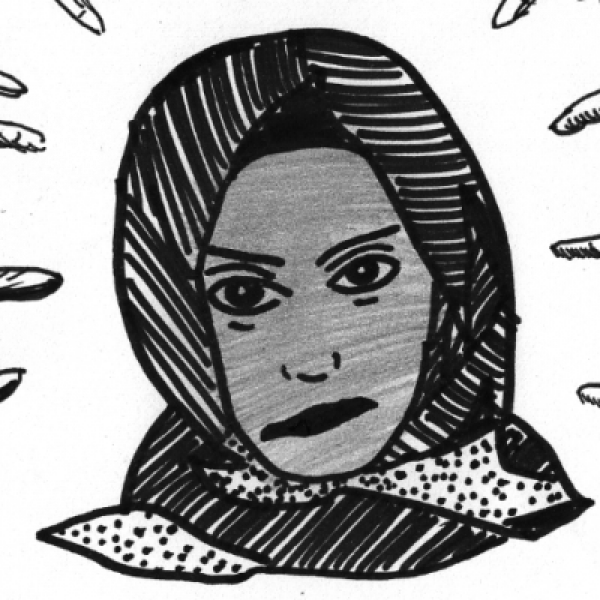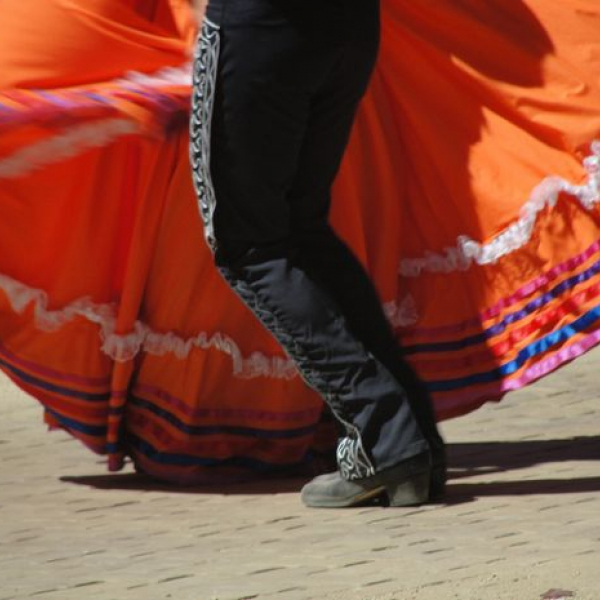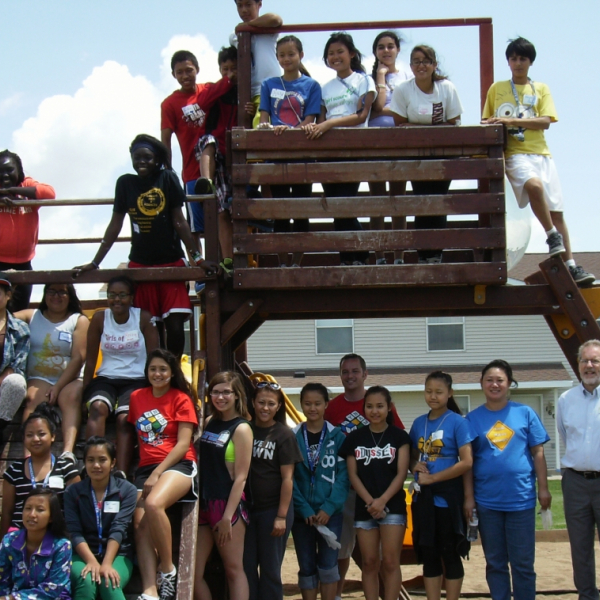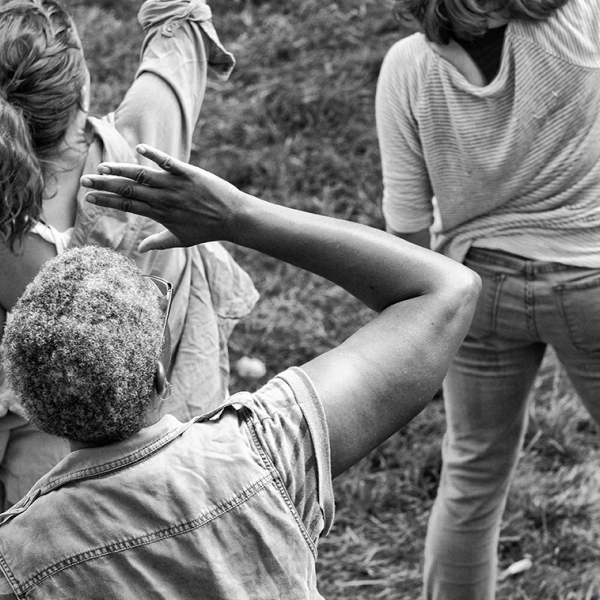Danya Sherman began research on the ArtPlace Housing field scan with the hopes of understanding how creative strategies help build sustainable and healthy communities of opportunity. She saw firsthand how powerful arts and culture are in articulating complex dynamics of urban and community development; in raising the flag to indicate where need exists; in providing crucial emotional support and connection; in helping to cohere diverse communities, and so much more. Here, she breaks it down into 6 ways the arts can help housing.
30.03.17
We are proud to share with you a new paper from our partners at PolicyLink: Creating Change through Arts, Culture, and Equitable Development. This is a policy and practice primer that highlights approaches that can be brought to scale through policy change, addressing communities of color, low-income communities, and immigrant and rural White communities, drawing on their cultural roots, lifting up creative expression, and steering public resources to the transformations of their neighborhoods, cities, and regions. As policymakers invest in arts and culture that reflect and strengthen increasingly diverse communities, cultural communities can be anchored against displacement.
30.03.17
The Academy of American Poets, the nation’s largest membership-based literary organization, was founded in 1934 to support American poets at all stages of their careers and to foster the appreciation of contemporary poetry. Home to poets.org, one of the most visited websites for poetry, the Academy is also responsible for Poem-a-Day, National Poetry Month, and an array of programs and educational resources. In March 2017, the Poetry Coalition launched its inaugural effort, Because We Come from Everything: Poetry & Migration.
29.03.17
This month I had the opportunity to interview John Arroyo, an urban planner and PhD candidate at the MIT Department of Urban Studies and Planning. John is also a co-founder of Project 51, a collective of artists, designers, urban planners, writers, and educators, whose ArtPlace-funded first project, Play the LA River, invited participants to discover 56 unique sights along the entire Los Angeles River. An “urban public humanities project” and playable card deck, the project contributed to ongoing efforts to revitalize the river and encouraged Angelenos to reimagine and reclaim it as a civic space.
22.03.17
Amazing news! We have chosen Transportation for America (T4A) as our newest research partner in the field of transportation. T4A helps local leaders come together and ensure that states and the federal government invest in smart, homegrown, locally-driven transportation solutions. T4A will be leading both our field scan research and working group convening, and we chose them because of their strong institutional commitment to creative placemaking, their comprehensive knowledge of the transportation sector and their recent commitment to the creation of an arts and culture program with Ben Stone at the helm.
15.03.17
The U.S.-Mexico border has been long been portrayed as a source of threat and instability in political rhetoric. And that characterization has been particularly potent in this election, helping as it did, to pave Donald Trump’s path to victory. But not everyone sees it that way. Architect Teddy Cruz and political scientist Fonna Forman, who head the University of California San Diego Cross-Border Initiative, have spent years observing how cities along the border grow and develop.
10.03.17
Islamophobia is escalating rapidly across the country, fueling fear, discrimination and hate crimes against Muslim, Arab and South Asian communities. In recent months, we have borne witness to a growing number of hostile acts including vandalism, intimidation and verbal and physical attacks on vulnerable people. This growing crisis has propelled multidisciplinary funders to seek out new ideas and strategies to be responsive to galloping need.
08.03.17
For more than a decade, arts and cultural practitioners have profited from a handful of studies that trace distinctive patterns of arts participation among immigrant communities. Now, as a fresh arrival to this colloquy, has landed Considering Cultural Integration in the United States , published as a dissertation for Rand Graduate School. Authored by Jennifer Novak-Leonard, currently associate director at Vanderbilt University’s Curb Center for Art, Enterprise, and Public Policy, the report began life as a working paper supported by a NEA research grant.
27.02.17
Vickie Benson at the McKnight Foundation has heard it all: that the arts are elitist, a luxurious indulgence available to only a privileged few, or even a nice treat but never important enough to be the main course. These misconceptions sometimes have seemed to her to overshadow the work that artists do and the potential of that work to bring people together and support the growth of healthy communities. And that potential is big. “Minnesota has a rich and vibrant artistic eco-system,” says Benson, “and at McKnight, we believe it wouldn’t be as rich if we didn’t have skilled people working on their craft, whatever their artistic expression. When those individuals . . . [are] supported, then not only does the art form benefit, but people around them benefit, communities benefit.”
23.02.17
Takoma Park, Maryland, New Hampshire Avenue is a commercial and residential corridor that has long been hard to traverse due to its broad, busy roadways. This lack of walkability has hindered local human interactions and connections among residents. Though the area is culturally rich and remarkably racially diverse, its character is dominated not by the cultural vibrancy of its residents, but by this eight-lane traffic artery that primarily serves as a pass-through for commuters. Necessary infrastructure investments and new redevelopment opportunities designed to address this situation have manifested fears of displacement in the community.






